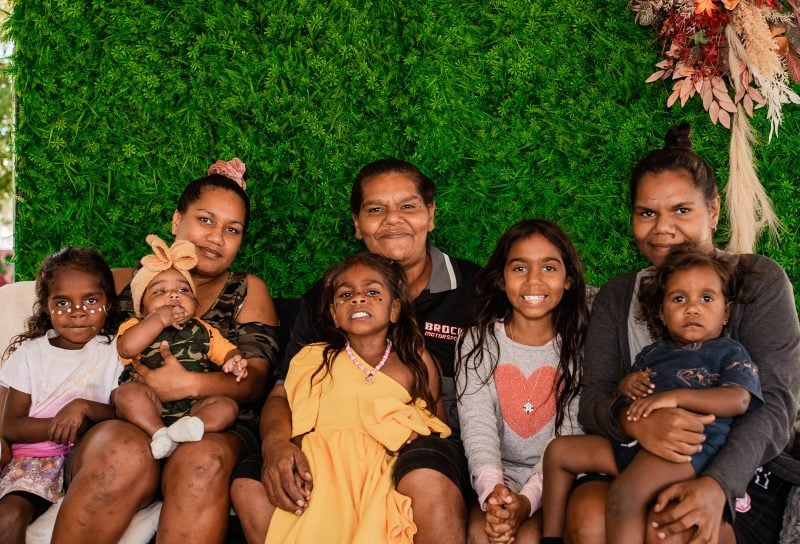What is the Child Placement Principle?
The Aboriginal and Torres Strait Islander Child Placement Principle aims to keep children connected to their families, communities, cultures and country and to ensure the participation of Aboriginal and Torres Strait Islander people in decisions about their children’s care and protection.
The Principle was established to recognise the importance of safe care within family and culture to the best interests of children, as well as to ensure that the actions that resulted in the Stolen Generations are not repeated. Its components include both prevention of entry into out-of-home care and reunification to ensure culturally connected placements and to enable Aboriginal and Torres Strait Islander families and communities to participate in child protection decision-making.
The aims of the Principle are:
- recognition and protection of the rights of Aboriginal and Torres Strait Islander children, family members and communities in child welfare matters
- self-determination for Aboriginal and Torres Strait Islander people in child welfare matters
- reduction in the disproportionate representation of Aboriginal and Torres Strait Islander children in the child protection system.
Related to these aims are five inter-related elements of the Principle: Placement, Connection, Prevention, Partnership and Participation,
The Principle was developed in recognition of the devastating effects of forced separation of Aboriginal and Torres Strait Islander children from families, communities and culture and exists in legislation and policy in all Australian jurisdictions.
The five elements of the Child Placement Principle
Placement
Connection
Prevention
Partnership
Participation
Implementation Reviews
SNAICC regularly reviews the progress of each State and Territory government in implementing the full intent of the Aboriginal and Torres Strait Islander Child Placement Principle.
The implementation reviews, published annually, are funded by the Australian Department of Social Services. The reviews involve input from Aboriginal and Torres Strait Islander community-controlled organisations; Commissioners, Guardians and Advocates for Aboriginal and Torres Strait Islander Children; and State and Territory governments.
View the Implementation Reviews
Indicators Report
The Aboriginal and Torres Strait Islander Child Placement Principle Indicators Report presents the latest available data to assess progress towards the implementation of the Child Placement Principle.
The indicators in the Report measure progress towards the implementation of the Principle in child protection and out-of-home care systems and are grouped under each of the five core elements.
View the latest Indicators Report
A Guide to Support Implementation
The resource, The Aboriginal and Torres Strait Islander Child Placement Principle: A Guide to Support Implementation, aims to support a holistic understanding and the full and uniform implementation of the Principle across the country.
The guide is designed to support practitioners and policy makers in the children and family sectors from all jurisdictions to develop strategies to improve their implementation of the Principle. Its content is strongly influenced by the expert knowledge and experience of Aboriginal and Torres Strait Islander agencies and leaders in the sector who provided their input to its drafting.
A Guide to Support Implementation provides information on best practice and examples from across the country of promising approaches to implementing each of the five elements and has a section on identifying Aboriginal and Torres Strait Islander children, with timely identification a pre-requisite to applying the Principle.
Download
The Aboriginal and Torres Strait Islander Child Placement Principle: A guide to support implementation
$25.00
The Aboriginal and Torres Strait Islander Child Placement Principle: Guide to Support Implementation aims to keep children connected to their families, communities, cultures and country, and to ensure the participation of Aboriginal and Torres Strait Islander people in decisions about their children’s care and protection. It centres on five elements: prevention, partnership, participation, placement and connection.
Resources
Join Us
Be part of our advocacy efforts and stay informed about our initiatives.
Become a member today and add your voice to the cause.



